Guide: Spec Work and Good Collaborations
Before working with a creative partner people want to know:
Can you help me?
Are you good?
How much will it cost?
In my experience, "what's this going to cost" is the hardest question to answer. Both buyer and creative often feel like they have to go into negotiation mode and "win."
A few weeks back I did a teardown that shows how to improve the process and get good work done faster. Today, I'm going to to focus on what to do if you don't have a budget or you're trying something new.
CAUTION: Marketing is a force-multiplier designed to help you grow your results. For video, there's often a minimum viable dose. If you cut too many corners it's not effective and it might be better to use a different medium.
Three Proven Tactics
Tactic #1: Change the Format
Videos are a high-overhead creative service; aka there's significant expenses beyond the time investment. At Pathfinder, we have a pricing floor for a live action video that's about twice the cost of a motion design video (no filming).
Just by switching the the creative format, there's a potential 50% savings. If you're curious about the actual numbers that we use at Pathfinder, just hit reply to this email.
People often worry that a motion design video is too much like a cartoon, or too childish. The truth is that the tone can be playful or dramatic. The feel that the piece creates is determined more by the music, script, and delivery of the narration.
Ask and your creative partner how this approach might look different and the tradeoffs this format.
Tactic #2: Trade Non-$$ Resources
There's times when you know that you have a TINY budget (aka below market rate), but quality creative is important. There's other ways to bring significant value to the partnership.
Common trades (from highest value to lowest value):
Warm introductions to three people you know that can buy from them.
Cross promotion with access to your network.
Publicity with gameplan for prominently featuring and endorsing them.
Tactic #3: Creative Freedom
I hesitate to call Creative Freedom a standalone tactic. But when combined with Tactic #2 it can be a powerful motivator.
Creatives love being able to push limits and try something new. Often they'll put way more work and promotion into these kind of projects because they're a breath of fresh air.
Taking risks is a great way to get exponential results. Sometimes the risk can turn into a flop.
The Golden Rule of Trades
Cover the project costs. It's almost never reasonable to ask a vendor to spend their money on your project. It's better to plan on covering costs and put a little more goodwill back into the world.
